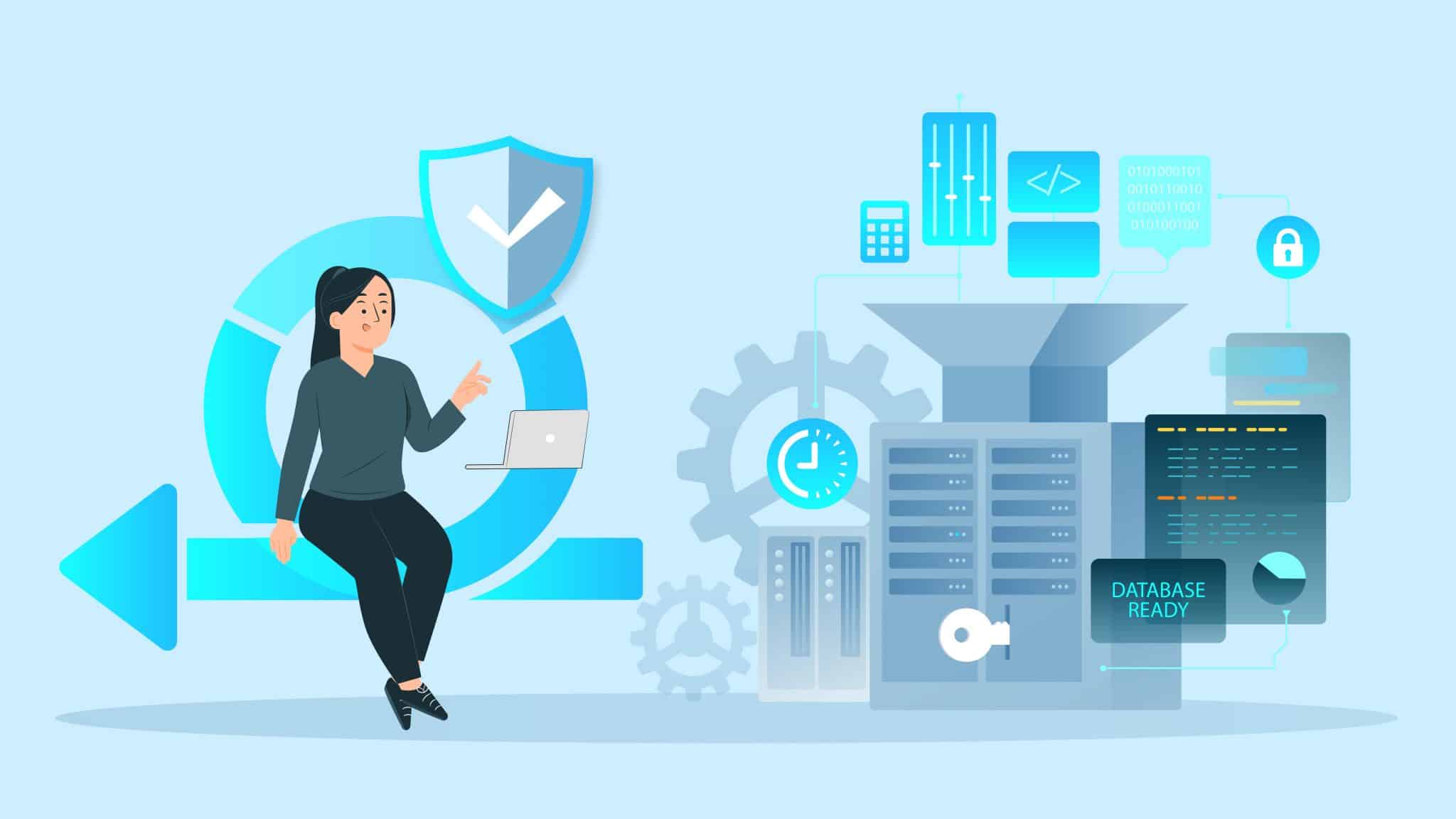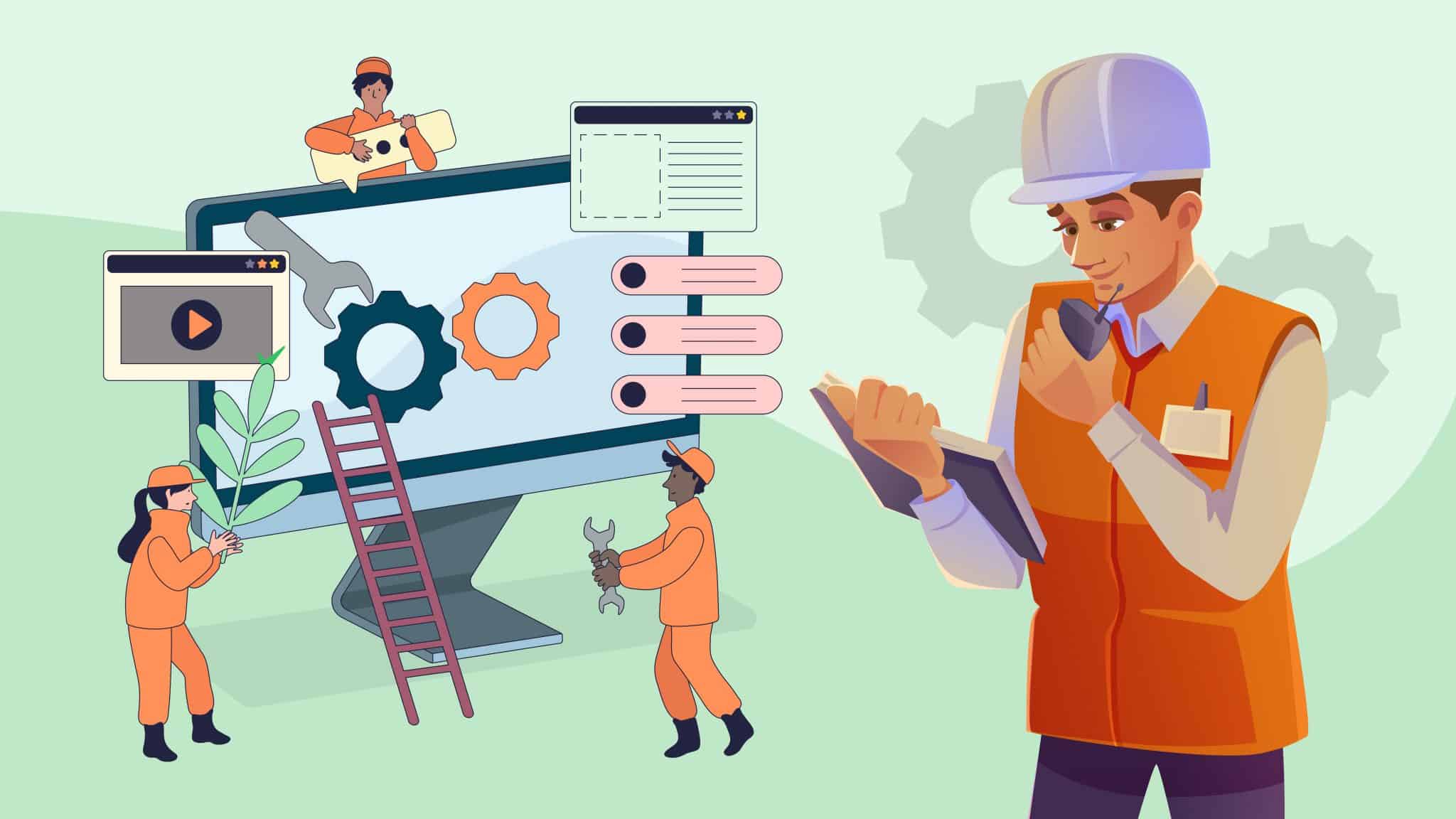With the constant need for software delivery and integrations, build management systems have become a very important part of the software testing and development lifecycle. However, to use it properly, you need to understand it. This article will take you through the basics of software build management and how it may benefit you and your team.
What Is Build Management?
Build management is the process of gathering every important asset and piece of data to be included in the release of a software project. It involves performing every automated task that needs to be compiled, building and testing out every system, and deploying it into the final development stage for the release.
Types of Builds
For a software build management tool, it’s important to determine exactly what kind of build you are dealing with. This will make it easier for you to read and compile builds. For the most part, there are two types of build in the management process:
Complete Build
In this type of build, everything is made from scratch, with every dependency already figured out. Here, the whole source is already compiled, with the software put together as an artifact.
Incremental Build
This type is for projects that require frequent modifications, especially team projects. They use a “last build status,” building only new changes from the latest project. They are much faster and the preferred option since they work with incremental changes to the software.
The Roles of Build Management Systems
Build management systems have a series of key roles within the software development stage. This may include the following:
- Putting together baselines from the first versions of the software
- Organizing and refining the structure of the software
- Running tests to find potential bugs within the software
- Setting up the rules of the development process
- Recording software data at its most important milestones
- Setting up configuration data for the team
- Making the information easily visible for the stockholders and developers
- Removing baselines and orders that are no longer required
Each software is different, which is why its role may change with each project.
Benefits of Build Management Tools
Software build management can be done by one person responsible for the task. However, to improve its effectiveness, most teams use various tools. Below are the most important benefits:
- It saves important resources such as time and money, allowing your team to focus on the more important tasks
- It keeps a history of all the stages and releases, which can help you solve potential bugs
- It accelerates the development process
- It takes care of redundant tasks
- It eliminates dependencies on important personnel
Additional Advantages
- Enhanced Collaboration: Build management tools provide a centralized platform, fostering collaboration among team members and enabling efficient communication on changes and updates.
- Consistent Deployment: These tools ensure a standardized and consistent deployment process, reducing the risk of deployment-related issues and ensuring a reliable software release.
- Continuous Integration Support: Many build management tools seamlessly integrate with continuous integration systems, automating the build and testing processes for enhanced efficiency.
- Version Control: Build management tools often include version control features, enabling teams to track changes, revert to previous versions if necessary, and maintain code integrity.
- Parallel Development: Facilitates parallel development by managing different branches and integrating changes seamlessly, allowing teams to work concurrently without conflicts.
- Detailed Reports and Analytics: Provides detailed reports and analytics on the build process, offering insights into performance, dependencies, and potential areas for improvement.
Build management and the tools used in this process can help ensure that every issue is addressed before its release.
Maintaining Development Integrity
Build management stands as a crucial pillar in the software development journey, ensuring the integrity of the development process. It acts as a vigilant gatekeeper, preventing potential pitfalls by orchestrating a systematic and controlled path from source code to executable software. By overseeing each stage of the build, from compilation to testing and deployment, it safeguards against inadvertent errors and discrepancies that could compromise the reliability of the final product.
Streamlining Quality Assurance
Beyond organization and integrity, build management plays a pivotal role in streamlining the quality assurance process. Through automated testing and systematic checks at each build stage, it acts as a proactive quality gate. This not only reduces the likelihood of defects slipping through but also expedites the identification and resolution of issues. Consequently, the final product undergoes a robust quality assurance regimen, aligning more closely with the exacting standards and expectations of the end-users. In essence, build management becomes a linchpin for delivering not just software but a seamless, high-quality user experience.
Aligning with Customer Expectations
The crux of build management lies in its unwavering commitment to delivering a product that transcends mere functionality. It aspires to create an experience—a product that not only meets but exceeds customer expectations. By incorporating systematic checks, automated testing, and continuous integration, build management ensures that the final deliverable is not just a piece of software but a solution crafted to perfection.
Conduct Periodic Review Meetings
Introducing periodic defect review meetings can be instrumental in refining the defect management process. These sessions provide an opportunity for the entire development team to collectively review and discuss the reported defects. It not only ensures that all team members are aware of ongoing issues but also facilitates knowledge sharing, allowing developers to learn from one another’s experiences and solutions.
Encourage User Feedback Integration
Incorporating user feedback into the defect reporting process adds an invaluable dimension to software improvement. Actively encourage end-users to report issues they encounter and provide feedback on software functionality. This user-centric approach can uncover defects that might not be immediately apparent in the development and testing environments, contributing to a more comprehensive defect identification process.
Implement Real-time Collaboration Tools
Utilize real-time collaboration tools to enhance communication and collaboration within the development team. Platforms like Slack, Microsoft Teams, or other messaging tools facilitate instant communication and quick decision-making. Integrating these tools with the defect tracking system ensures that updates, clarifications, and discussions happen promptly, accelerating the overall defect resolution process.
Establish Key Performance Indicators (KPIs)
Define and monitor key performance indicators related to defect management. Metrics such as average time to resolution, defect reoccurrence rate, and customer-reported defects can provide valuable insights into the effectiveness of the defect management process. Regularly analyze these KPIs to identify areas for improvement and optimize the overall efficiency of defect resolution.
Integrate Security Testing for Defect Prevention
Extend defect management practices to include proactive security testing measures. Integrating security testing into the development lifecycle helps identify vulnerabilities and potential defects related to security early on. This preemptive approach not only enhances the overall software quality but also strengthens the security posture, safeguarding against potential threats.
Implement Continuous Integration/Continuous Deployment (CI/CD) Practices
Adopting CI/CD practices aligns seamlessly with defect management by promoting frequent and automated software builds, tests, and deployments. CI/CD pipelines ensure rapid integration of code changes, allowing defects to be identified and addressed early in the development cycle. This proactive approach minimizes the likelihood of defects accumulating and facilitates swift, incremental improvements.
Cultivate a Learning Culture through Post-mortems
After major releases or significant defect resolutions, conduct post-mortem sessions to reflect on the entire defect management process. This introspective approach encourages the team to analyze what worked well, what could be improved, and how to prevent similar issues in the future. By fostering a continuous learning culture, the team can evolve its defect management strategies for sustained effectiveness.
Embrace Agile Principles for Adaptive Defect Management
Applying Agile principles to defect management enhances adaptability in responding to changing requirements and priorities. Embrace iterative cycles, regular reassessment of defect priorities, and flexibility in defect resolution strategies. This agility ensures that the defect management process remains responsive to evolving project dynamics, delivering software that not only meets but exceeds customer expectations.
Seek Customer Involvement in UAT (User Acceptance Testing)
Involve customers in the User Acceptance Testing phase to gather firsthand insights into the software’s functionality. Customer participation in UAT not only aids in defect identification but also aligns the final product closely with customer expectations. This collaborative approach enhances customer satisfaction and ensures that the software meets real-world user needs effectively.
The Bottom Line
Build management should not be skipped during the development of a program. Not only does it keep the entire process organized, but it also ensures the final product will be up to the customer’s expectations.
Build management tools are crucial for developing software. It keeps everything organized and ensures the final product meets customer expectations. Skipping it is like missing a key step—things might go wrong. It’s not just about order; it’s a commitment to delivering a great product. It checks for issues, making sure everything works well. It’s also about constantly improving each part, so the software keeps getting better. Ignoring build management might seem easy now, but it’s like missing a smart investment for the future. In the end, build management isn’t just a step; it’s making sure the software turns out really good.


























